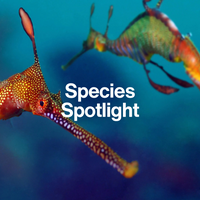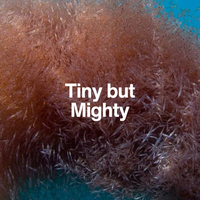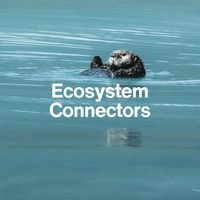The Midnight Lurker
Goblin Shark
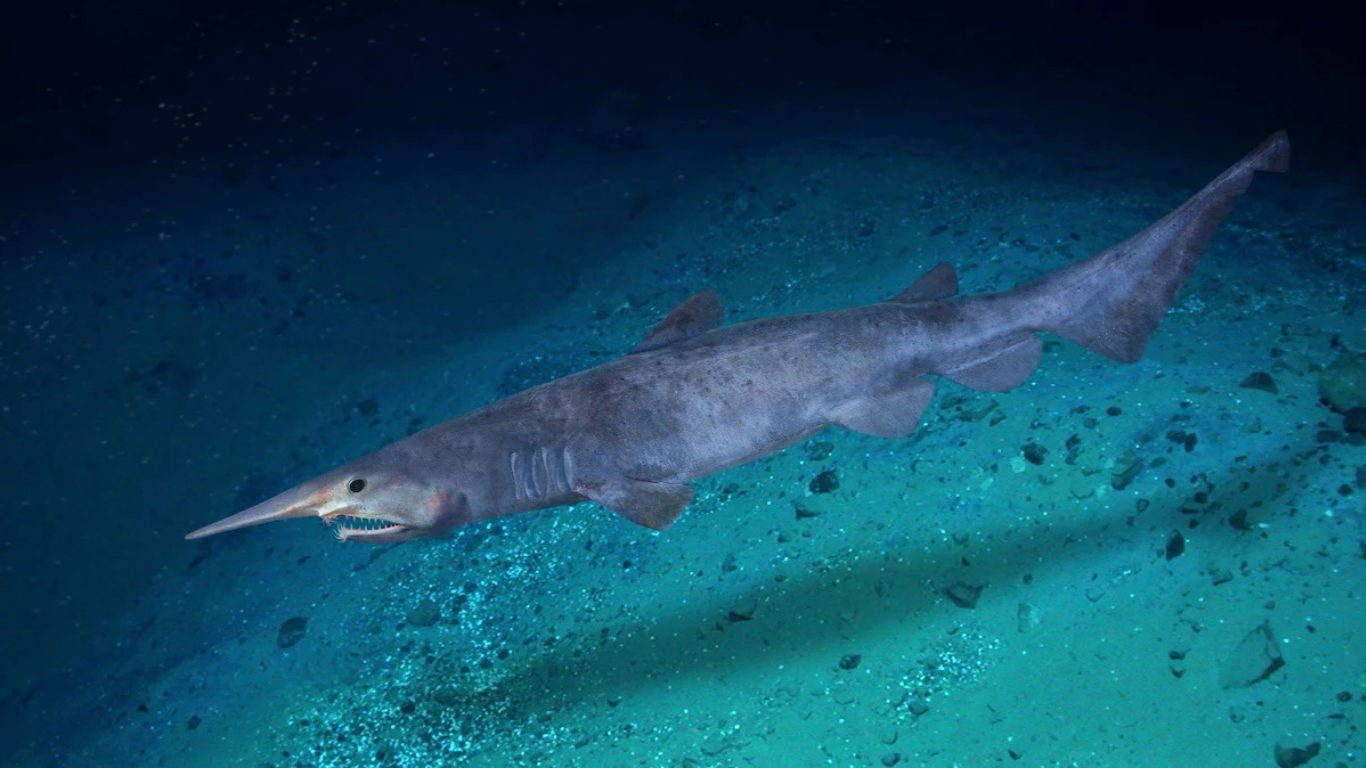
With a blade-like snout and spring-loaded jaws, this deep-sea shark is one of evolution’s strangest survivors.
Introduction
Meet the Goblin Shark
Long-nosed, pink-skinned, and full of prehistoric mystery, the goblin shark (Mitsukurina owstoni) doesn’t look like any other shark on Earth—and that’s because it barely shares time with them. It lurks far below the surface, haunting continental slopes and submarine canyons, where few humans ever venture.
Goblin sharks are sometimes called “living fossils” because they’ve remained largely unchanged for over 100 million years. With soft bodies and unusual proportions, they look more like deep-sea ghosts than apex predators.

Fun Fact
The goblin shark’s jaw can shoot forward at over 3 metres per second—one of the fastest jaw strikes in the animal kingdom.
Biology & Behaviour
Jaws Like a Trapdoor
The goblin shark’s most iconic feature is its long, flattened snout, covered in electroreceptors that help it detect the faint electrical signals of hidden prey.
But its real party trick is its slingshot jaw. When prey gets too close, the goblin shark fires its entire jaw forward from its skull—grabbing unsuspecting animals in a blink. It then pulls the jaw back into its face like a mechanical trap.
Its diet likely includes:
- Fish
- Squid
- Crustaceans
All swallowed whole in the inky dark.
Unlike most sharks, the goblin shark has flabby muscles and a soft body, making it slow and poorly suited for chasing prey—but perfectly adapted for stealth and ambush.
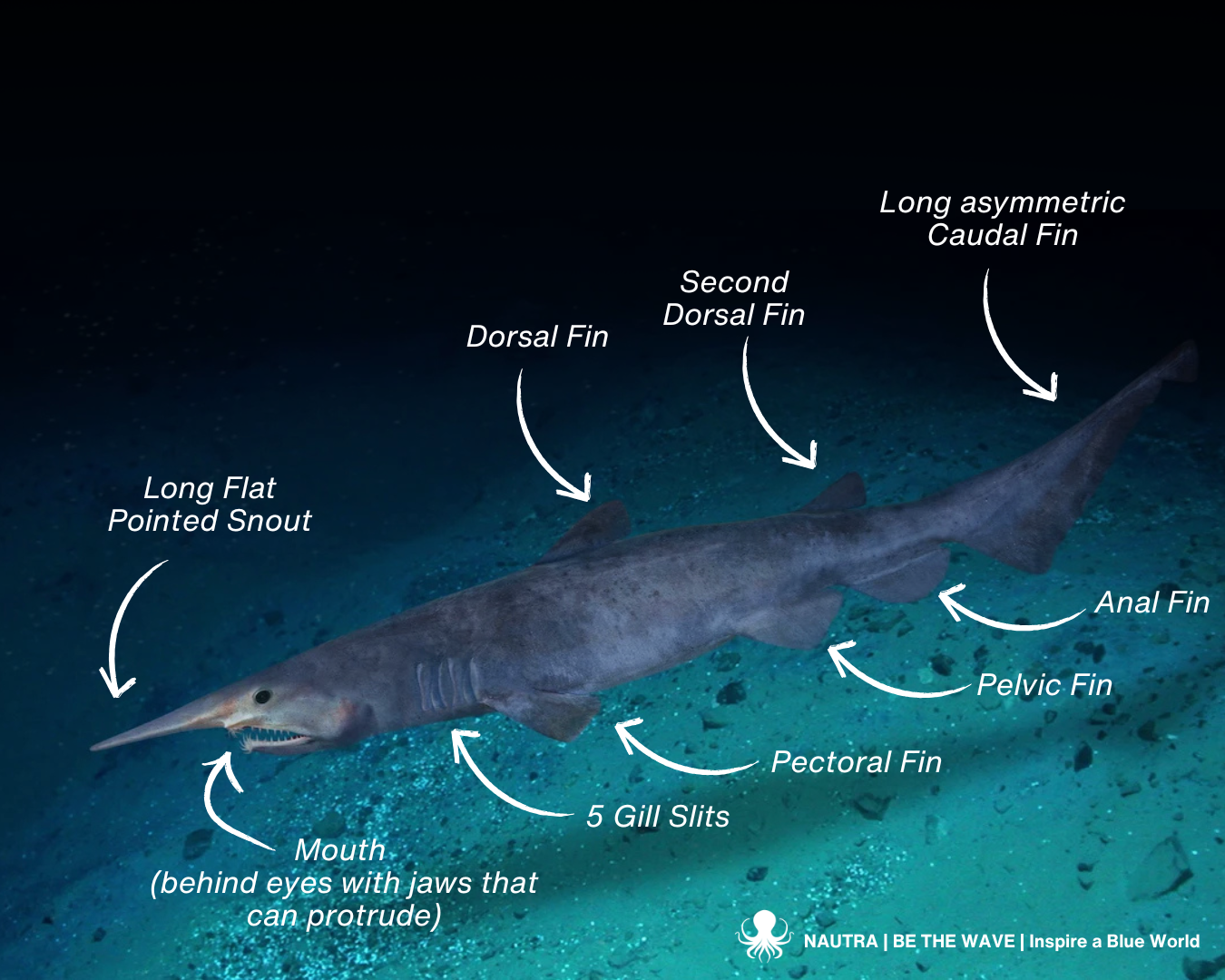
Reproduction
Deep, Slow, and Unknown
Very little is known about how goblin sharks reproduce. They are believed to be ovoviviparous, meaning embryos develop inside eggs within the mother’s body and hatch just before birth.
Because they live so deep, reproduction is rarely observed. But scientists believe they have slow reproductive rates, with small litters and long development times—making them vulnerable to population decline.

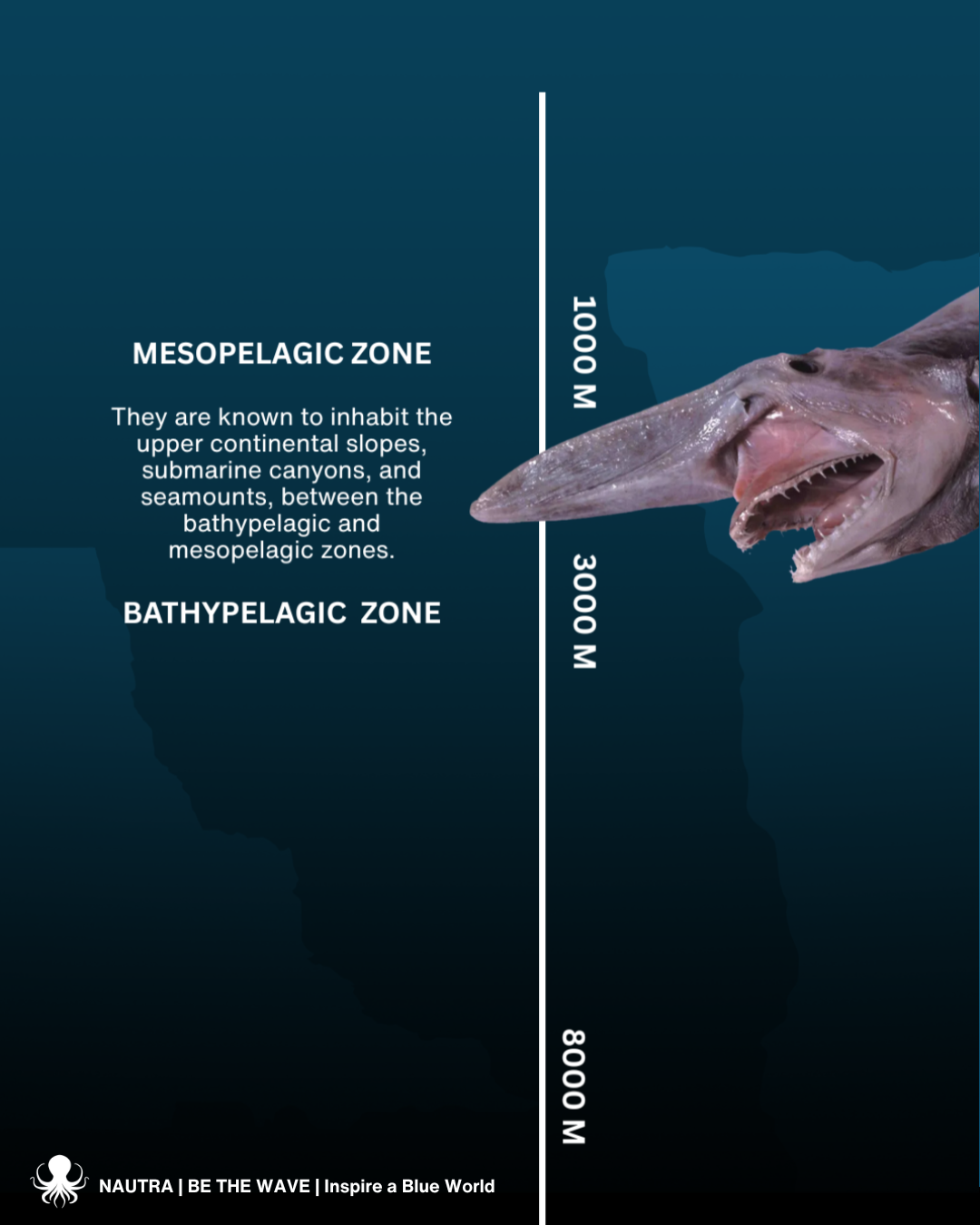
Conservation & Threats
A Species in the Shadows
Goblin sharks aren’t targeted by fisheries, but they occasionally get caught in deep-sea nets as bycatch. Their rarity and remote habitat make population monitoring difficult.
Potential threats include:
Deep-sea trawling
which disrupts their habitat
Lack of data
which hinders effective conservation
Climate change
which threatens coral reef ecosystems
They’re currently listed as Least Concern, but that status reflects a lack of information—not necessarily safety.
Did you know?
Goblin sharks are rarely seen alive. Most of what we know comes from deep-sea trawls and remote submersibles.
Why They Matter
The Past Beneath Us
The goblin shark is a window into the ancient ocean. It shows us that not all predators rely on speed or strength—some use stillness, patience, and incredible adaptations to survive.
It’s proof that the ocean’s depths still hold mysteries, and that protecting what we don’t fully understand is part of protecting the future.

Species Overview

Species ID Card
Goblin Shark
Want to take this species with you? Download our printable ID card to keep learning, share with others, or use in your classroom or ocean journal.
NEXT SPECIES
Meet the Ultimate Master of Disguise: Mimic Octopus
This shape-shifting cephalopod can impersonate flatfish, lionfish—even sea snakes. Up next: the ocean’s greatest impressionist.


